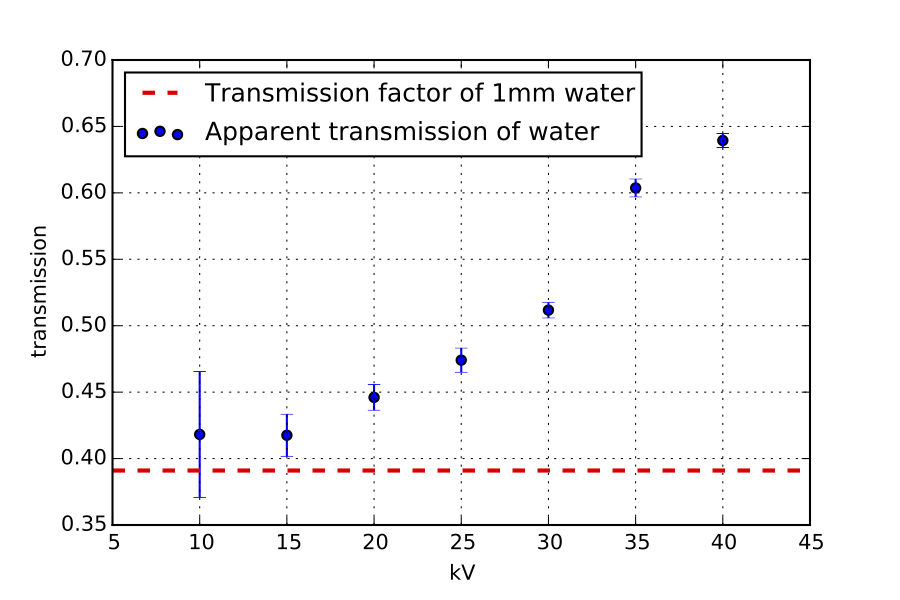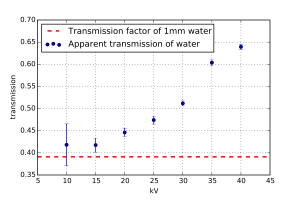
For this week, I have two short messages on two topics: the nanoparticle round-robin and the SAXSess transmission factor troubles. After the announcement three weeks ago, several people have stepped up to the plate and offered to measure the silver nanoparticles. Unfortunately, with the help of some of the participants, we discovered last week that some of the samples are not in the same condition we expected them to be anymore: somewhere towards the end of 6 months of storage, they change.
We are working on a fix, but this will have to wait until after the holidays. As soon as we do, I do hope to pick up where we left off and give some interesting results. Until then, I am not sending more samples out, but still collecting names and addresses!
Also, you might remember the transmission factor problems we encountered with the Anton Paar SAXSess (in particular when combined with detectors without a high-energy cut-off such as the Mythen strip detector: part 1, part 2). This can be attributed to the higher energy orders being reflected by the multilayer mirrors as well (with thanks to Andreas for finding this paper).

To test whether a lowering of the acceleration voltage can get you the correct transmission factor, I did a quick experiment on our instrument, measuring the transmission factor using the semitransparent beamstop as a function of energy (Figure 1).
At 10 kV, the measurement is tough, but at 15 kV, right below it is possible to do a transmission factor measurement that approaches the correct value. Any voltage above that will result in incorrect transmission factors. It is a bit cumbersome to mess around with the generator for every sample, but it is a solution until we can test better ones.
For those of you celebrating it: Merry Christmas!

Leave a Reply